New Nonfiction Books for Kids
By Laura Ransom, Children’s Programming Coordinator
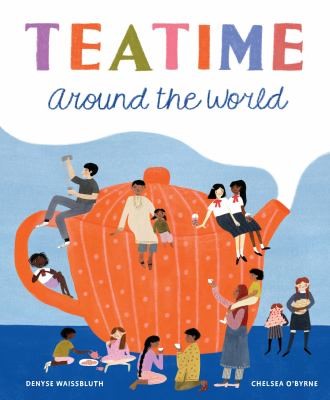 A new year is a great time to discover new books. We currently have a surplus of new children’s books at the library! Because of the pandemic, shipments from our book supplier have been delayed by several months. I have found several intriguing nonfiction titles that kids can dive into.
A new year is a great time to discover new books. We currently have a surplus of new children’s books at the library! Because of the pandemic, shipments from our book supplier have been delayed by several months. I have found several intriguing nonfiction titles that kids can dive into.
“Teatime Around the World” by Denyse Waissbluth is filled with facts about the origins of tea and how people enjoy it today. This informational picture book has colorful illustrations of friends and families drinking tea from cups, wooden bowls, and even bags! I love warming up with a cup of hot tea on cold winter nights, and this book taught me so much more about the seemingly simple drink.
This title is a helpful book for crafty kids, “Friendship Bracelets” by Keith Zoo. It includes ten different bracelet styles and detailed, easy-to-follow instructions for each one. Our library also has other crafting books by this author, including how to make paper airplanes, tie knots, and braid hair. Check them out for the kid in your life that says, “I’m bored!”
“Cardboard Box Engineering” by Jonathan Adolph can entertain those bored kids, too. With simple materials like cardboard boxes, tape, and paper cups, kids can learn how to make a mini wind-powered cardboard car. Aluminum foil can transform cardboard into a solar oven that actually works! Templates and instructions are included, along with some information about engineers throughout history.
“Legacy: Women Poets of the Harlem Renaissance” by Nikki Grimes is a collection of both classic and new poetry. Grimes includes poems by female African-American poets that flourished during the Harlem Renaissance in the early 1900’s. She also selected some of their work and created new poems that spring from the originals. Beautiful illustrations decorate the pages of this unique book.
Playful animals take center stage in Douglas Florian’s “Ice! Poems About Polar Life”. This picture book of poetry transports kids to both the North and South Poles. Alongside poems about animals like polar bears and narwhals, Florian sprinkles in facts about their everyday lives in their frozen homelands. Snowy owls and wolverines were my favorite animals featured in the book. Poetry has been one of my favorite things to read since my third-grade teacher introduced it to me so many years ago!
“Countries of the World” by Andrea Mills is a recently updated book from DK Publishing. DK does a fabulous job of presenting information in a succinct manner with wonderful photos to accompany the content. I always love learning about other countries, and this book is a great way for me to immerse myself in faraway cultures. The book includes entries similar to an encyclopedia, with facts, maps, and information about the country’s famous people. When I read the page about Cyprus, I learned that it has been full of cats since ancient times! Their island nation has almost 300,000 more cats than people. I highly recommend this title to any curious kid, or even grown-ups like me.
“Everything Awesome About Sharks and Other Underwater Creatures” by Mike Lowery might be my favorite book title so far this year! Comical illustrations of sharks, jellyfish, and other ocean animals make this nonfiction book truly enjoyable. The back of the book also includes instructions for how to draw the creatures. For kids who love dinosaurs, Lowery previously published “Everything Awesome About Dinosaurs and Other Prehistoric Beasts”.
Stop by the Children’s Room at the library to find even more excellent books for kids. The children’s collection is open for browsing by appointment. Our librarians can also select books on topics of your choice with our Quick Picks for Kids service by calling 785-776-4741 ext. 400.


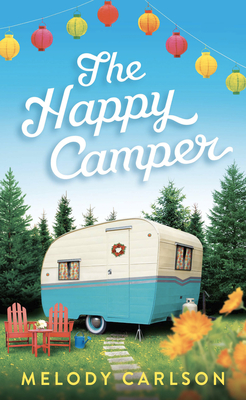 When the world feels overwhelming and uncertain, I often turn to a Christian Romance novel. Christian Romance tends to have settings that are challenging, but characters with positive outlooks and a guaranteed happy ending. It often helps me to turn around my outlook when I read stories of good people overcoming adversity while maintaining their values. The following titles take us to an Oregon farm retreat, a rescue on Mount Denali, Texas Hill Country in the 1850s, and a small town in North Carolina.
When the world feels overwhelming and uncertain, I often turn to a Christian Romance novel. Christian Romance tends to have settings that are challenging, but characters with positive outlooks and a guaranteed happy ending. It often helps me to turn around my outlook when I read stories of good people overcoming adversity while maintaining their values. The following titles take us to an Oregon farm retreat, a rescue on Mount Denali, Texas Hill Country in the 1850s, and a small town in North Carolina.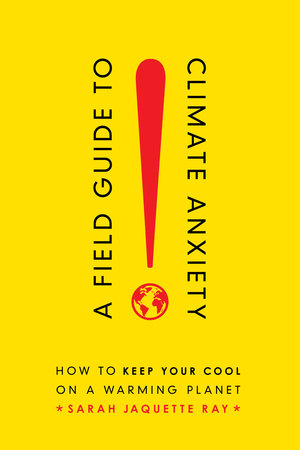 Manhattan Public Library’s programming looks a little different these days as we navigate these past nine months of physical distancing. We aren’t able to gather, we can’t share the spaces we all love in the library and we can’t offer all of the same wonderful in-person programs that bring our community together. We can shift to stay connected and serve you, our community. By now, we’re all (well, most all) accustomed to seeing our co-workers, distant family members and friends through computer webcams. It’s a necessary but impersonal tool to continue our lives as best as we can during this global pandemic. So we shift.
Manhattan Public Library’s programming looks a little different these days as we navigate these past nine months of physical distancing. We aren’t able to gather, we can’t share the spaces we all love in the library and we can’t offer all of the same wonderful in-person programs that bring our community together. We can shift to stay connected and serve you, our community. By now, we’re all (well, most all) accustomed to seeing our co-workers, distant family members and friends through computer webcams. It’s a necessary but impersonal tool to continue our lives as best as we can during this global pandemic. So we shift.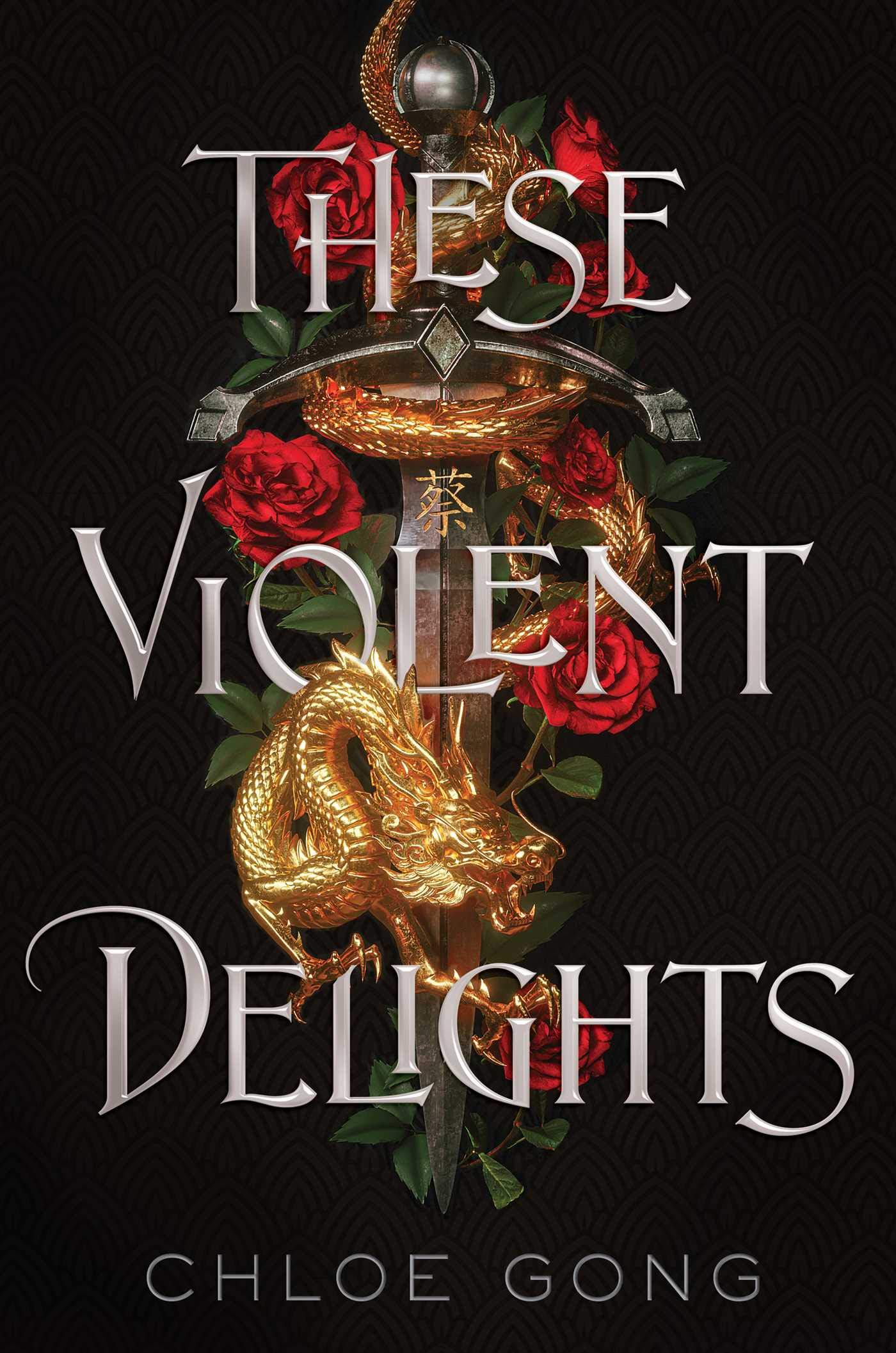 While pursuing my master’s degree in English from K-State, I became interested in the concept of retellings as a narrative device. Why are there some stories we seem insistent to revisit? What is it about these stories
While pursuing my master’s degree in English from K-State, I became interested in the concept of retellings as a narrative device. Why are there some stories we seem insistent to revisit? What is it about these stories 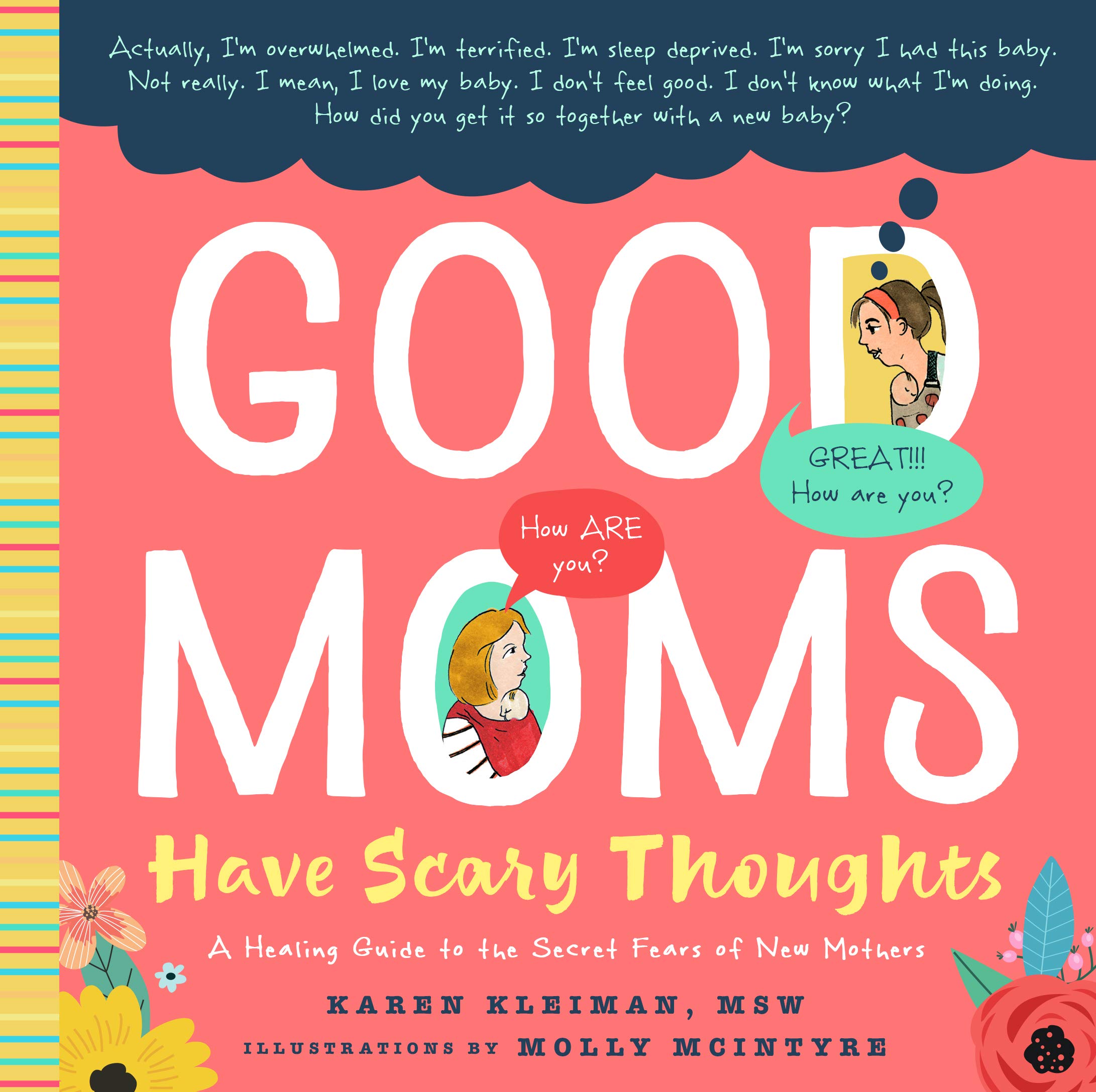 Amongst the many historic and monumental changes that hit the world in 2020, my life was rocked by another great and terrible change: I became a parent. Parenthood has been wonderful and awe-inspiring, but it’s also terrifying, especially when you’re staring it down while undergoing a long, uncontrollable biological experiment—that is, pregnancy. To say I dislike change is to phrase things mildly, so it’s no surprise that I struggled with pregnancy and all the changes it unleashes. In times of uncertainty, I cleave to books, and so I researched and read all hours of the evenings and weekends. Here are the books that brought me knowledge and reassurance.
Amongst the many historic and monumental changes that hit the world in 2020, my life was rocked by another great and terrible change: I became a parent. Parenthood has been wonderful and awe-inspiring, but it’s also terrifying, especially when you’re staring it down while undergoing a long, uncontrollable biological experiment—that is, pregnancy. To say I dislike change is to phrase things mildly, so it’s no surprise that I struggled with pregnancy and all the changes it unleashes. In times of uncertainty, I cleave to books, and so I researched and read all hours of the evenings and weekends. Here are the books that brought me knowledge and reassurance. The library is trying something new with the new year – a winter reading challenge. We invite everyone of all ages to register for the
The library is trying something new with the new year – a winter reading challenge. We invite everyone of all ages to register for the 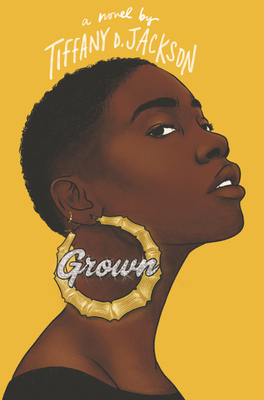 When I was a teenager, there weren’t many books that portrayed modern, realistic, diverse main characters. In school, I was reading classics and learning about topics like slavery, the Holocaust, and the Trail of Tears. The historical tragedies of brown (Latinx, Black, Indigenous American, etc.) people were being taught, but not their modern struggles, and certainly not their joys. For fun, I was reading popular books like
When I was a teenager, there weren’t many books that portrayed modern, realistic, diverse main characters. In school, I was reading classics and learning about topics like slavery, the Holocaust, and the Trail of Tears. The historical tragedies of brown (Latinx, Black, Indigenous American, etc.) people were being taught, but not their modern struggles, and certainly not their joys. For fun, I was reading popular books like 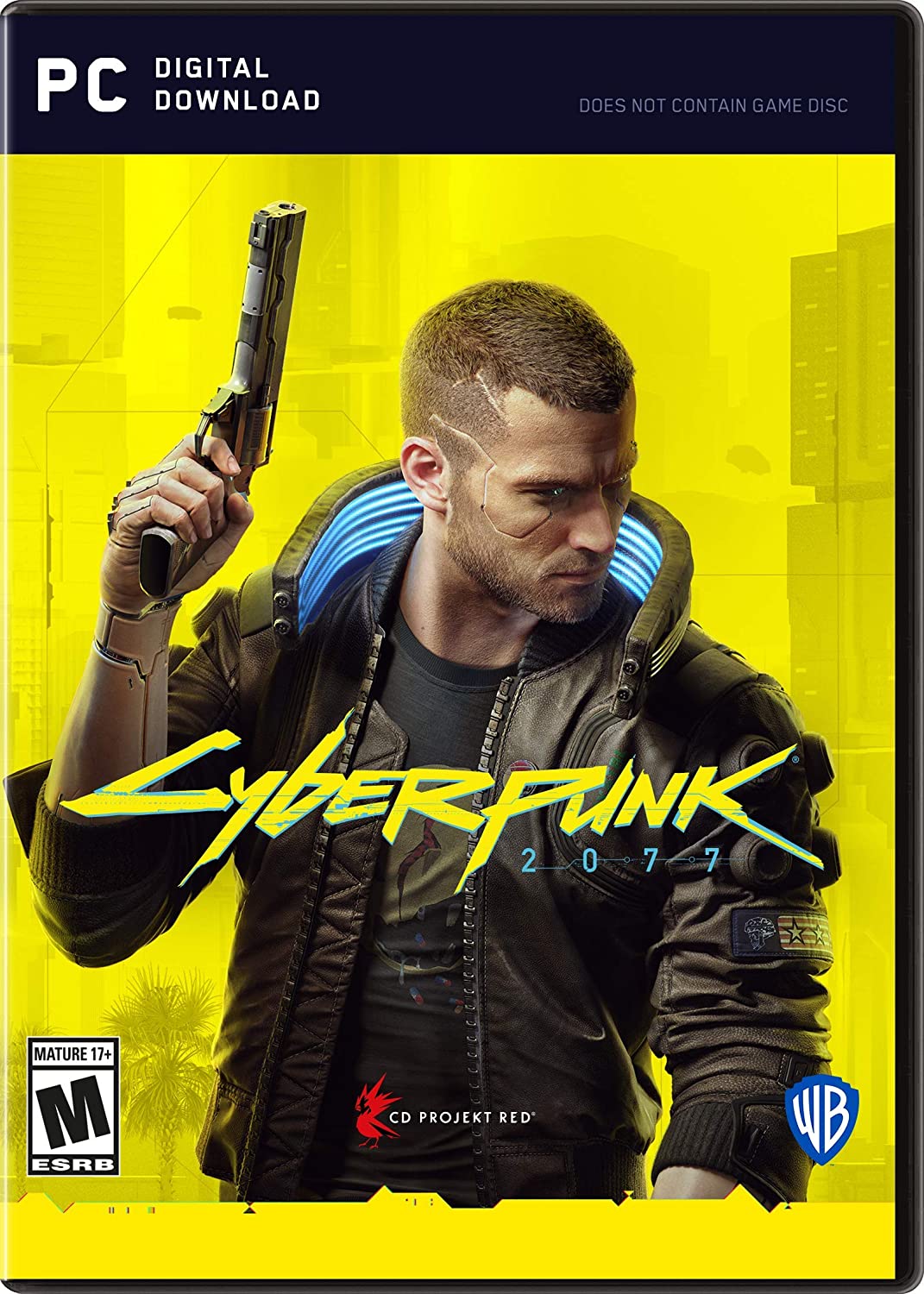 After multiple delays, one of the most anticipated video games of the year, “
After multiple delays, one of the most anticipated video games of the year, “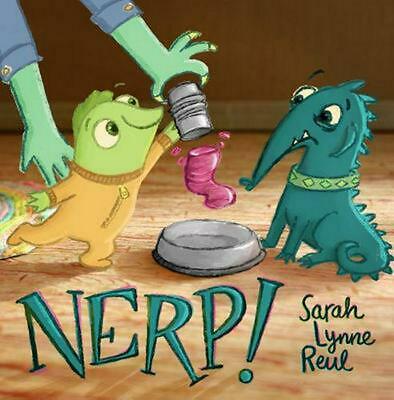 As a new parent, I’m learning the things children do that are frustrating but also hilarious. Hearing the stories my mother had of what my brother and I did seemed ridiculous until I start noticing it with my son and the children that come into the library. When my mom would be prepping a meal, I would sneak the best way a 3-year-old could and steal raw vegetables off the cutting board. Anything and everything that was on the ground was edible. This included a dead spider my dad tracked in from outside that my mother had to pull out of my mouth. My mom’s hair? That’s a toy that is asking to be pulled and be tangled around my fingers. If my parents gave me a piece of paper and some colored pencils, I decided that the wall would be a better canvas. Whatever it was, they love talking about how ridiculous my brother and I were and how now, it’s hilarious.
As a new parent, I’m learning the things children do that are frustrating but also hilarious. Hearing the stories my mother had of what my brother and I did seemed ridiculous until I start noticing it with my son and the children that come into the library. When my mom would be prepping a meal, I would sneak the best way a 3-year-old could and steal raw vegetables off the cutting board. Anything and everything that was on the ground was edible. This included a dead spider my dad tracked in from outside that my mother had to pull out of my mouth. My mom’s hair? That’s a toy that is asking to be pulled and be tangled around my fingers. If my parents gave me a piece of paper and some colored pencils, I decided that the wall would be a better canvas. Whatever it was, they love talking about how ridiculous my brother and I were and how now, it’s hilarious.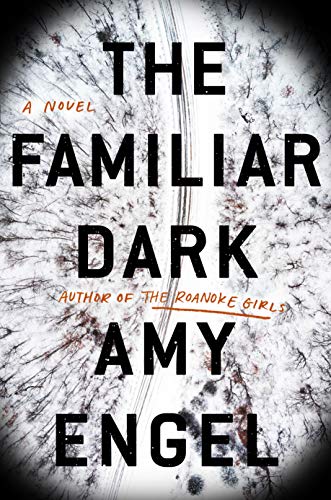 With the recent adaptation of J.D. Vance’s bestselling memoir “
With the recent adaptation of J.D. Vance’s bestselling memoir “